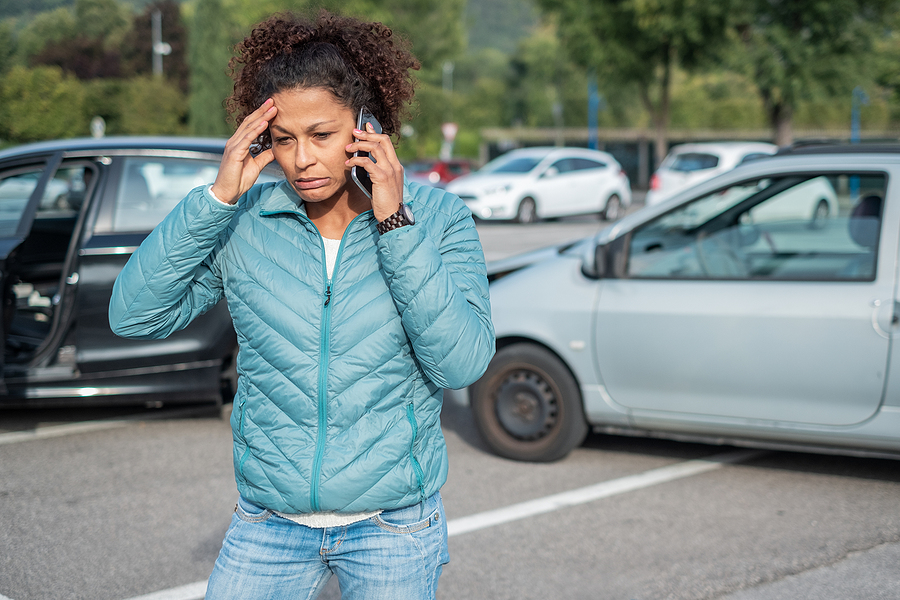
A chain reaction car accident can occur in a flash. You’re having a typical drive one minute, and then you’re involved in a violent collision the next. Although all motor vehicle accidents are bad, of course, chain reaction collisions are often more severe, leading to serious injuries and extensive damage.
The attorneys with Sand Law are very familiar with how serious this kind of accident can be. Tragically, we’ve seen many instances where chain reaction wrecks led to permanent, debilitating injuries. We may be able to help if you’ve been injured in a chain reaction accident due to the negligence of another driver.
Please get in touch with us as soon as you can for a free consultation. You can give Sand Law a call at 651-291-7263, or you can use our online form.
What are Chain Reaction Car Accidents?
The typical car accident will usually involve two vehicles. One driver might be swerving to avoid something in the road and may hit another car as a result. When a wreck involves three or more vehicles, that’s referred to as a chain reaction accident.
As the name implies, chain reaction motor vehicle accidents involve a type of domino effect. One vehicle hits another, that one hits another, and so on. Many times, the accidents are in a line, such as when vehicles are at a stop light or in heavy traffic. This leads to a series of rear-end collisions as a result, exposing drivers and passengers to potentially severe neck and back injuries.
Common Causes of Chain Reaction Accidents
Vehicle accidents, whether they involve one, two or several vehicles, will typically start with some sort of negligence. A driver may be distracted due to talking or texting on a smartphone, or by looking at something on the side of the road. Drivers may cause accidents because they’re changing radio stations or using one of the technological gadgets in their car. Sometimes, accidents happen due to circumstances beyond anyone’s control, such as a part failing due to negligent manufacturing.
Other reasons chain reaction accidents occur include the following:
- Poor weather conditions
- Tired drivers
- Driving while drunk or under the influence of narcotics
- Improperly maintained roads or road construction
- Malfunctioning traffic lights
Common Scenarios for Multiple-Vehicle Accidents in Minnesota
As mentioned earlier, at Sand Law we’ve seen a lot of different examples of chain reaction accidents. These are just some of the many ways they take place.
- Sudden stops. A vehicle in heavy traffic might all of a sudden come to a halt because of driver negligence. They may have dropped something and they’re trying to find it. The driver in front of traffic could also cause a chain reaction wreck by suddenly swerving because they were about to miss a highway exit, or miss a turn they were supposed to take.
- Hit-and-run. Even though the front-most driver can sometimes cause a chain reaction accident, most of the time a driver in the back of the line is to blame. But we’ve also seen instances where back-of-the-pack drivers said they weren’t at fault at all. Rather, another driver caused the chain reaction and then sped off. Sometimes this is a lie, sometimes it’s the truth. Getting the real story will require a thorough investigation on the part of a skilled attorney. You’ll learn more about this below.
- One wreck leads to another. The car at the head of the line will often be hit when the two vehicles behind that car are involved in a rear-end collision. Because those three vehicles come to an abrupt stop, many others could then hit the “lead pack,” so to speak. If there’s a lot of traffic on the road at the time, that could easily result in a multi-car pile-up involving 10, 20 or even more vehicles.
Determining Liability in a Chain Reaction Car Accident
The state of Minnesota follows the so-called “comparative fault rule.” This simply means that more than one driver could be found to be at least partially to blame for an accident. The party – or parties, in the case of a chain reaction accident – that are found to be “less at fault” will be able to obtain compensation.
Say, for instance, Joe is found to be 60% at fault, while Bill is 40% to blame (we’ll just use a two-vehicle accident for this example). If Bill suffers $100,000 in damages, the most he’ll be able receive will be 40 percent, or $60,000. Since Bill is considered to be 40% at fault, he’ll lose 40% of his potential compensation.
Joe, on the other hand, won’t be able to obtain any compensation because he was considered to be more at fault for the accident than Bill.
Investigating Chain Reaction Car Accidents
So, if you’re injured or suffer extensive property damage in a chain reaction accident, and you’re convinced someone else was to blame, how do you go about obtaining the compensation you deserve? You’ll need to produce proof that the accident wasn’t your fault. In order to do that, you’re going to need an attorney who knows how to find the evidence needed to make your case as strong as possible.
Sand Law attorneys have years of experience collecting the information we need in order to give our clients the most effective representation. We gather witness statements, police reports, and also dispatch investigators to the accident scene. Once we complete our investigation, we then determine the best strategy to proceed with the case.
Compensation for Chain Reaction Accidents
A chain reaction car accident, like any type of vehicular accident, can lead to an incredible amount of expenses, or “damages” in legal terms. These include medical bills, lost wages, pain and suffering and many others.
While the law recognizes many different kinds of damages, these often fall into one of two categories – special and general damages. Special damages are those that have a tangible number. These include the cost to repair or replace your car, your medical bills, money you’ve lost because you can’t work, and more.
General damages are more abstract, ones you can’t really put a price tag on. These include emotional harm, pain and suffering, mental anguish and others.
Do I Need a Lawyer for a Chain Reaction Car Accident?
But just because you may deserve compensation for your damages, that in no way means an insurance company is going to make a fair offer. In fact, it’s safe to assume it won’t. That’s why you need an attorney who will not only uncover the evidence needed to prove your case, you’ll also need someone to fight for your rights when an insurance company doesn’t offer an equitable settlement.
Sand Law attorneys are ready to help. Get a free review of your case by contacting us online or calling 651-291-7263.

